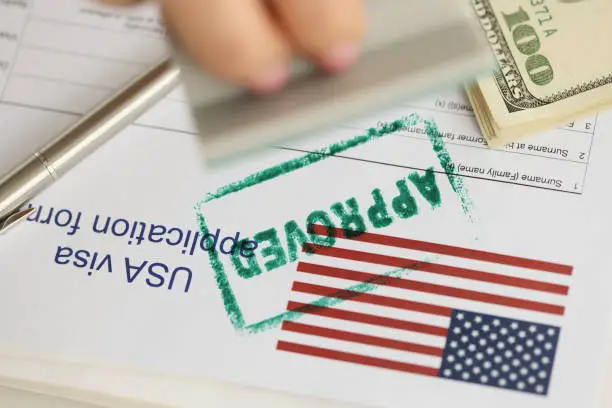How to Get Government Grants to help you fund your projects and enhance your impact in your community guide.
Navigating the vast landscape of government grants can be daunting, but this guide will offer step-by-step instructions and practical examples to help you secure funding for your project or organization. With the right preparation, you can increase your chances of receiving a grant and driving your project to success.
What are Government Grants?
Government grants provide a substantial financial resource for numerous sectors, including education, healthcare, scientific research, and community development. Unlike loans, these funds don’t have to be paid back, making them highly sought after. However, obtaining a grant can be competitive, which is why a comprehensive understanding of the process is crucial.
Step 1: Identify Your Need
Before starting your search for a grant, identify and articulate your needs clearly. Whether you require funding for a non-profit organization, a research project, a small business startup, or a community program, being able to outline your needs will help you match with the right grant.
Step 2: Conduct In-Depth Research
There are thousands of government grants available, each with their own criteria and application process. Two main federal websites are Grants.gov and Benefits.gov. State and local government websites also offer grants. Be patient in your search. The better the fit between your project and the grant’s purpose, the higher your chances of success.
Step 3: Check Eligibility
Ensure you meet the eligibility criteria of the grants you’re interested in. Some grants are specific to non-profit organizations, academic institutions, or small businesses, and others have particular geographic or demographic requirements.
Step 4: Understand the Application Process
Each grant has a unique application process. Some might need a detailed proposal, while others could require an in-person presentation. Understand the process completely before you begin. It’s essential to know deadlines, documentation needed, and the scope of information required.
Step 5: Write a Compelling Grant Proposal
A well-written grant proposal can make a difference. It should include an executive summary, statement of need, project description, budget, organizational information, and conclusion. Your writing should be clear, concise, and compelling, addressing how your project aligns with the grant’s objectives.
Practical Example:
Let’s say you run a non-profit aimed at providing coding education to underprivileged youth. You find a government grant focused on increasing STEM skills in disadvantaged communities.
Your proposal might begin with an executive summary of your organization’s mission, then discuss the need in detail, illustrating the lack of STEM education in your community. Follow this with your project description, outlining your curriculum, teaching methods, and success metrics. After presenting your budget, conclude by aligning your project’s goals with the grant’s objectives, emphasizing the potential impact.
Step 6: Submit Your Application
Once your proposal is ready, submit it before the deadline. Late submissions are usually not accepted, so it’s better to submit early. This also allows time for any unforeseen issues that might arise during the submission process.
Step 7: Follow Up
Most grants have a review period during which you won’t hear back. Use this time to plan for both outcomes – if you’re successful, you’ll want to start your project promptly; if not, you’ll want to seek feedback and start preparing for other opportunities.
Step 8: Reporting
If successful, remember that grants come with accountability. You’ll likely need to submit progress reports, showing how you’re using the funds and the impact of your project. Failure to do this can jeopardize future funding.
Tips to Improve Your Chances of Getting a Grant
1. Build relationships: Networking with individuals in grant-making departments can provide valuable insights.
2. Seek professional help: If you find the grant application process overwhelming, consider hiring a grant writer or consultant.
3. Proofread your application: A proposal without grammar or spelling errors makes a professional impression.
4. Follow instructions to the letter: Ensure your application is complete and meets the grant’s criteria. Missing information can lead to immediate disqualification.
5. Apply for multiple grants: Don’t put all your eggs in one basket. Apply for as many grants as your project qualifies for to increase your chances.
Conclusion
Obtaining a government grant can be a detailed process, but it is not impossible. With thorough research, careful planning, a compelling proposal, and a little patience, you can secure the funds you need to bring your project to life.
Stay motivated and persistent, and remember, even unsuccessful applications are learning experiences, preparing you for future opportunities.






